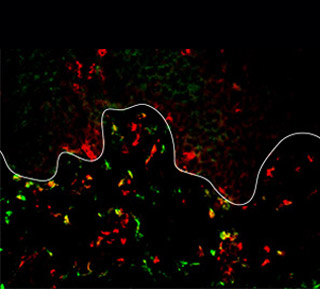
Immature dendritic cells and tissue-resident dendritic cells are the two main types of dendritic cells, probably found in the lesions. Amongst these two types, the immature dendritic cells are considered to make up 80 percent to 90 percent of the population. The researchers segregated the two types of dendritic cells by cell sorting followed by a gene array analysis. This enabled the investigators to discover when the immature dendritic cells are introduced to a host of genes, they are not identical from the remaining dendritic cells.
Michelle Lowes, assistant professor of clinical investigation in the Laboratory of Investigative Dermatology at Rockefeller’s Center for Clinical and Translational Science commented, “Different types of dendritic cells are really difficult to tease out. We wanted to publish this list of markers so that other people can look for any of their genes of interest.â€
Some molecules that the researchers claim by possible fuel inflammatory pathways, include TNF-related apoptosis inducing ligand (TRAIL), Toll-Like Receptor (TLR) 1 and 2, and others. The key to learn this disease is supposedly achieved, by confirming the molecules that remain active in psoriasis. This may further enable investigators to lay their hands on appropriate treatments for the disease.
Although samples can be simply collected from the skin itself and it has a widespread presence, it has not been observed accurately. Analyzing the inflammatory molecules may help treat and prevent this disease.
The research was published online on May 14 in the Journal of Allergy and Clinical Immunology.
